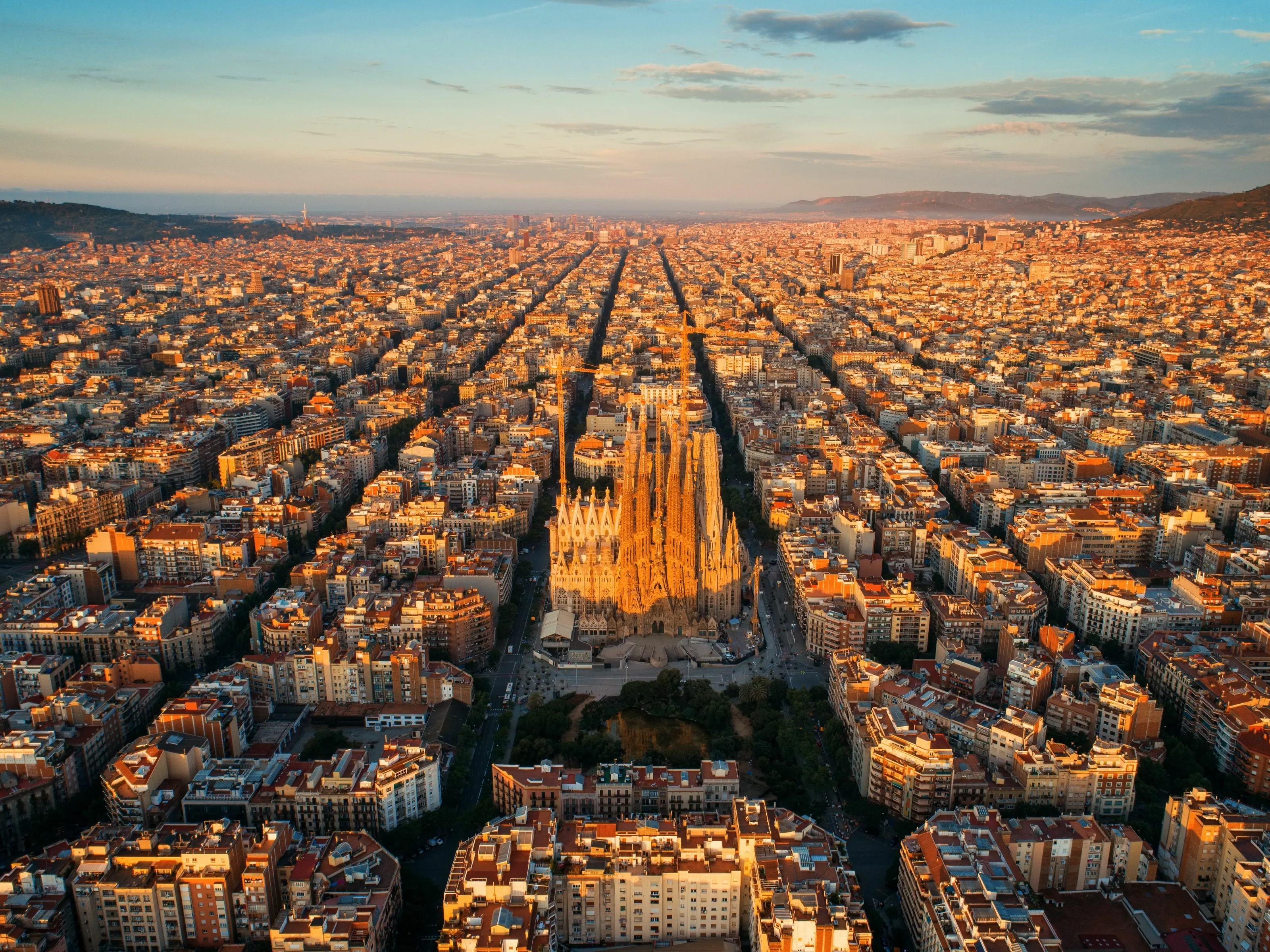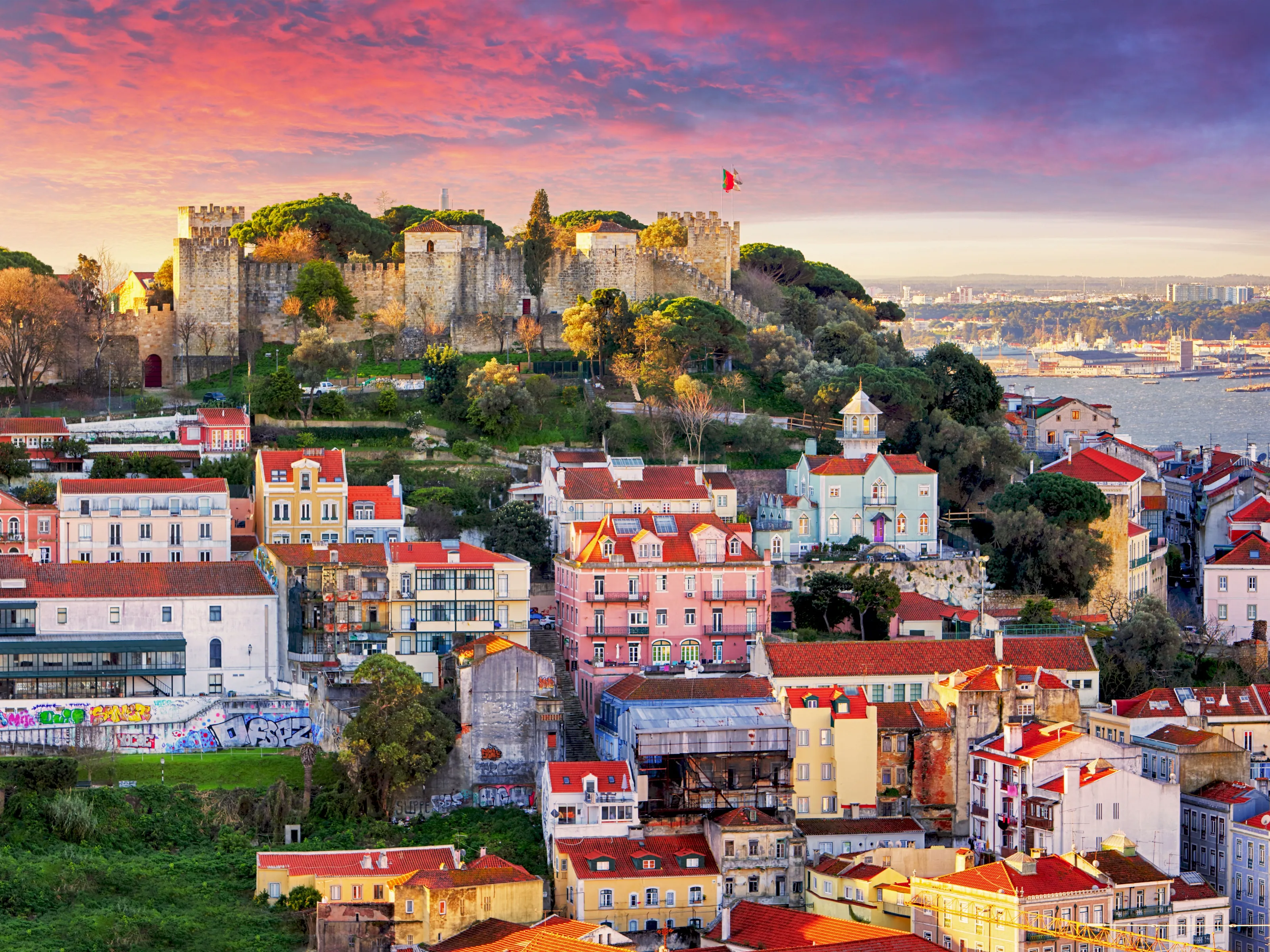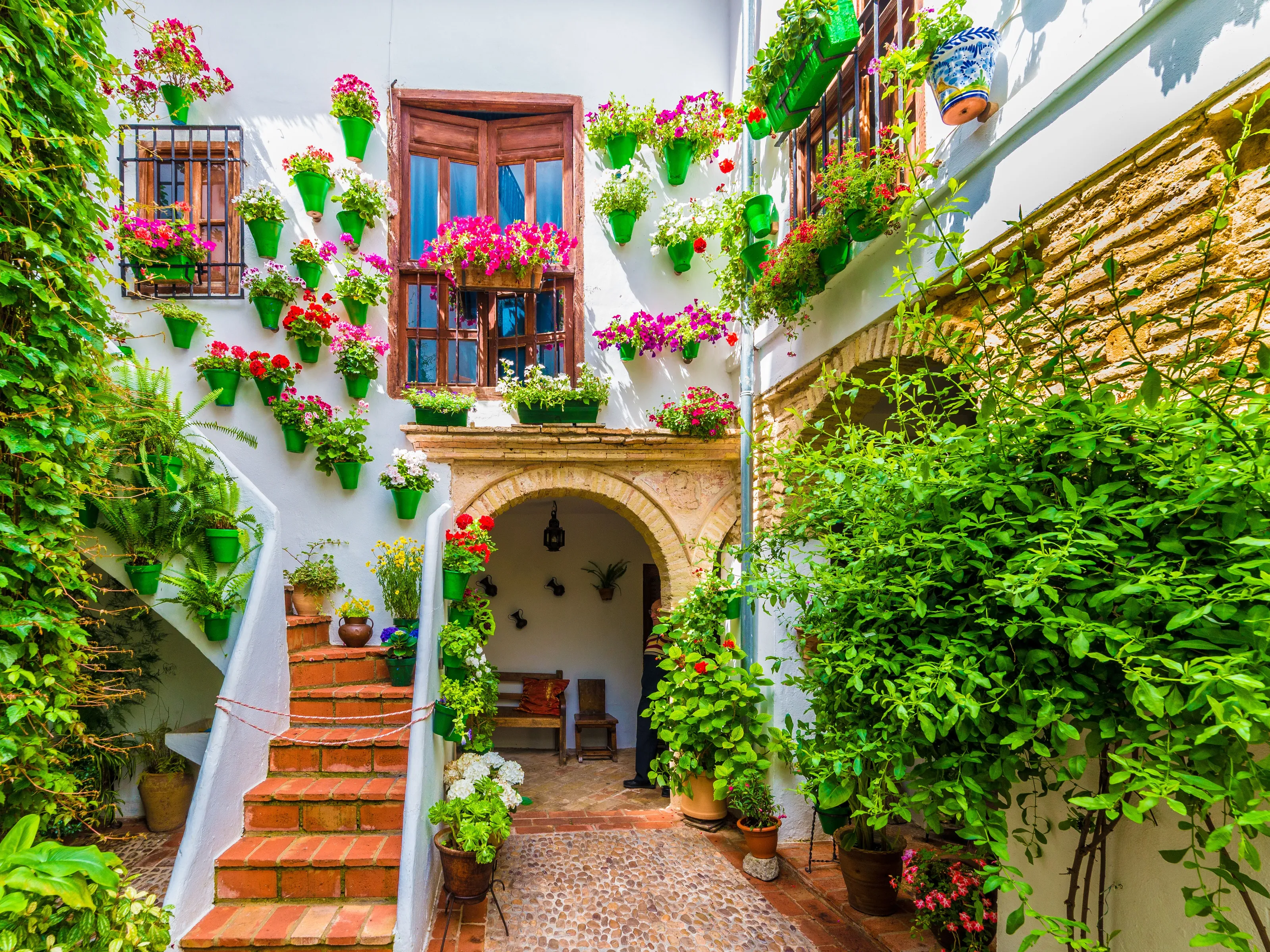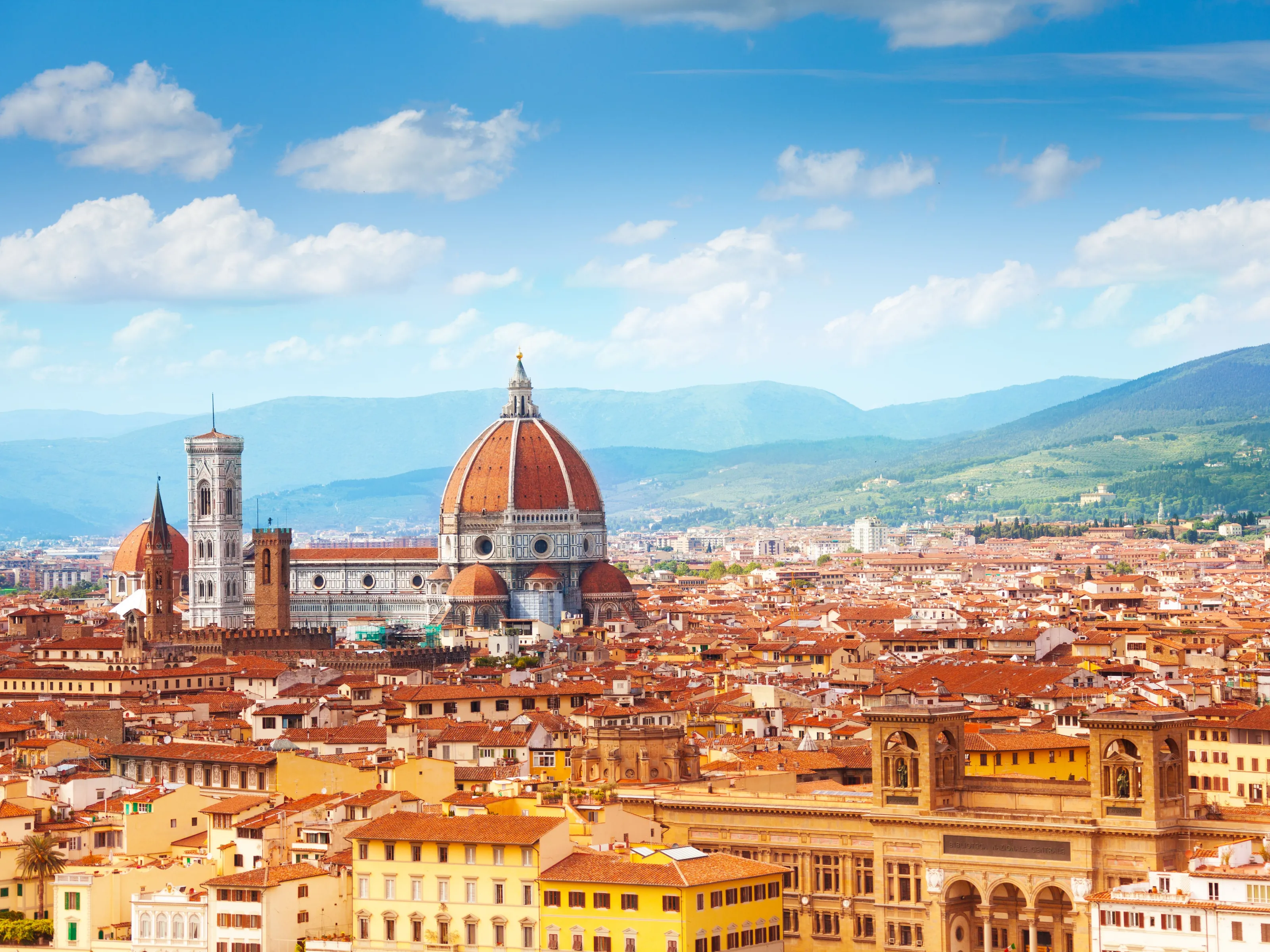Why Visit Rome?
Rome, the Eternal City, is a living museum where every cobblestone whispers stories of emperors, popes, and artists who shaped Western civilization. This ancient capital layers millennia of history—walk through the Colosseum's gladiatorial arena, stand in the Pantheon's 2,000-year-old domed temple, and explore the sprawling Roman Forum where Caesar once spoke. Vatican City, the world's smallest country within Rome, dazzles with St.
Peter's Basilica's soaring dome and the Sistine Chapel's Michelangelo frescoes that still take breath away. Yet Rome transcends museums: toss coins into the Baroque splendor of Trevi Fountain, climb the Spanish Steps for gelato, and lose yourself in Trastevere's ivy-draped lanes where trattorias serve perfect carbonara and cacio e pepe. The city's piazzas—Navona, Campo de' Fiori, Pantheon—buzz with street artists, flower sellers, and aperitivo culture.
Ancient aqueducts and Renaissance palazzos frame modern cafés where Romans debate over espresso. Seasonal pleasures include spring's wisteria blooms, summer's outdoor cinema, and autumn's white truffle season. With warm Mediterranean climate, efficient metro, and the ability to walk between Colosseum, Vatican, and Trastevere, Rome offers history, art, food, and la dolce vita in endless abundance.
What to Do
Ancient Rome
Colosseum & Roman Forum
Book Colosseum tickets as soon as they go on sale (30 days ahead) or at least 1–2 weeks in advance. The official Full Experience Arena ticket (around $26) includes arena floor access plus the Roman Forum and Palatine Hill and is valid for two days from first use. Aim for the 8:30am opening slot or after 3pm to avoid peak tour groups—visit the Colosseum first, then continue to the Forum/Palatine on the same ticket.
Pantheon
Once free, the Pantheon now requires a ticket (around $5 for adults, with reductions and free entry for Rome residents and under-18s). Go early morning (around 9–10am) or late afternoon when the light through the oculus is dramatic but crowds thin a little. The interior is very self-explanatory if you've done some reading; the audio guide is useful but optional.
Roman Forum & Palatine Hill
Enter via Via di San Gregorio or the Arch of Titus—these entrances are often calmer than the main Colosseum area. Climb Palatine Hill first for panoramic views over the Forum, then wander down through the ruins. Shade and water fountains are limited, so bring a hat and a full bottle, especially in summer.
Vatican & Religious Sites
Vatican Museums & Sistine Chapel
Pre-book timed entry on the official Vatican Museums site—standard tickets are about $22 at the desk or around $27 with online skip-the-line booking. Walk-ups can wait hours in high season. First entry (8:30am) or late afternoon (after about 3:30pm) tend to be calmest. The Sistine Chapel is at the end of a one-way route, so allow at least 3 hours. Modest dress is required (shoulders and knees covered).
St. Peter's Basilica
Entry to the basilica is free, but security lines peak from roughly 10am to 2pm. Go right at the 7am opening or after 4pm for shorter waits. The dome climb (around $9–$16 depending on stairs vs lift) involves 551 steps to the top and gives outstanding views over Rome—dome tickets are separate from basilica entry and can be bought on-site or via the official booking page.
Trastevere Churches
Santa Maria in Trastevere is free to enter and famous for its glittering 12th-century mosaics. Nearby Santa Cecilia hides a Last Judgment fresco by Cavallini, accessed by ringing a bell and paying a small fee. Both churches usually close at midday, so plan visits for morning or late afternoon.
Local Rome
Trevi Fountain
Visit before 8am or after 10pm to avoid shoulder-to-shoulder crowds. Toss a coin with your right hand over your left shoulder into the water—legend says it guarantees a return to Rome. Wander the side streets afterwards to find better gelato than at the tourist bars facing the fountain.
Trastevere Dining
Skip the restaurants with aggressive hosts and photo menus on Piazza Santa Maria and wander deeper into Trastevere's side streets. Locals rarely sit down for dinner before 8pm. Try carbonara or cacio e pepe at Tonnarello or another classic trattoria—and remember that fettuccine Alfredo is a tourist invention, not real Roman cuisine.
Testaccio Market
One of Rome's best local food markets, open mornings Monday–Saturday and closed Sundays. Locals shop for produce and grab lunch at the indoor food stalls—think porchetta sandwiches or trapizzino nearby. Expect authentic prices, a mostly local crowd, and an easy detour to Monte Testaccio or Flavio al Velavevodetto for a sit-down meal.
Aventine Hill & Orange Garden
Climb the Aventine Hill for the famous Knights of Malta keyhole, which perfectly frames St. Peter's dome. Just next door, the Giardino degli Aranci (Orange Garden) offers one of Rome's best free sunset views over the city, popular with locals but still calmer than the central viewpoints.
Gallery
Travel Information
Getting There
- Airports: FCO, CIA
Best Time to Visit
March, April, May, September, October
Climate: Warm
Weather by Month
| Month | High | Low | Rainy days | Condition |
|---|---|---|---|---|
| January | 13°C | 2°C | 4 | Good |
| February | 16°C | 5°C | 8 | Good |
| March | 16°C | 6°C | 10 | Excellent (best) |
| April | 20°C | 8°C | 7 | Excellent (best) |
| May | 26°C | 13°C | 4 | Excellent (best) |
| June | 27°C | 15°C | 9 | Good |
| July | 33°C | 19°C | 3 | Good |
| August | 33°C | 21°C | 4 | Good |
| September | 28°C | 16°C | 9 | Excellent (best) |
| October | 20°C | 11°C | 13 | Excellent (best) |
| November | 18°C | 8°C | 6 | Good |
| December | 13°C | 5°C | 16 | Wet |
Weather data: Open-Meteo Archive (2020-2024) • Open-Meteo.com (CC BY 4.0) • Historical avg. 2020–2024
Budget
Excludes flights
Visa Requirements
Schengen Area
💡 🌍 Traveler Tip (November 2025): Best time to visit: March, April, May, September, October.
Practical Information
Getting There
Leonardo da Vinci-Fiumicino Airport (FCO) is Rome's main hub, 30km west. Leonardo Express train reaches Termini station in 32 minutes ($15). Cheaper FL1 regional train takes 45 minutes ($9). Taxis cost fixed $52 to center. Ciampino Airport (CIA) serves budget airlines—buses to Termini cost $6–$9 High-speed trains connect Florence (1h30min), Venice (3h45min), Milan (3h).
Getting Around
Rome's Metro (Lines A, B, C) and buses cover main sites. Single BIT tickets remain $2 for 100 minutes. Rome's 24-hour ticket is $9 48-hour $16 and 72-hour $24 Roma Pass comes in 48-hour ($39) and 72-hour ($63) versions, including transport plus 1 or 2 free museum entries respectively, with discounts on others. The historic center is walkable—Colosseum to Vatican is 4km. Taxis are white with meters; agree on fare for airport runs. Avoid driving—ZTL traffic zones fine tourists heavily.
Money & Payments
Euro (EUR). Cards accepted at hotels, restaurants, and chain stores, but many small trattorias, markets, and gelaterias prefer cash. ATMs widely available—avoid Euronet for better rates. Exchange $1 ≈ $$1. Tipping: round up or leave 5-10% for great service, though service charge (coperto $1–$3) often included.
Language
Italian is official. English spoken in tourist hotels, major restaurants, and museums, but less common in residential neighborhoods. Learning basic Italian (Buongiorno, Grazie, Permesso, Dov'è...?) enhances experiences. Older Romans may speak only Italian. Museum audio guides available in English.
Cultural Tips
Dress modestly for churches—shoulders and knees covered (Vatican enforces strictly). Romans eat late: lunch 1-3pm, dinner 8-10pm. August sees locals flee for Ferragosto holiday—some spots close. Don't sit on Spanish Steps or monuments ($270 fine). Tap water is safe and free at nasoni fountains. Espresso drunk standing at bars is cheapest.
Perfect 3-Day Rome Itinerary
Day 1: Ancient Rome
Day 2: Vatican & Baroque
Day 3: Trastevere & Hidden Gems
Where to Stay in Rome
Centro Storico
Best for: Ancient ruins, Pantheon, Trevi Fountain, central location
Trastevere
Best for: Authentic trattorias, nightlife, bohemian atmosphere, local life
Monti
Best for: Vintage shops, wine bars, artisan studios, boutique hotels
Prati (Vatican area)
Best for: Museums, quiet streets, family restaurants, near Vatican
Frequently Asked Questions
Do I need a visa to visit Rome?
What is the best time to visit Rome?
How much does a trip to Rome cost per day?
Is Rome safe for tourists?
What are the must-see attractions in Rome?
Popular Activities
Top-rated tours and experiences in Rome
Ready to Visit Rome?
Book your flights, accommodation, and activities






